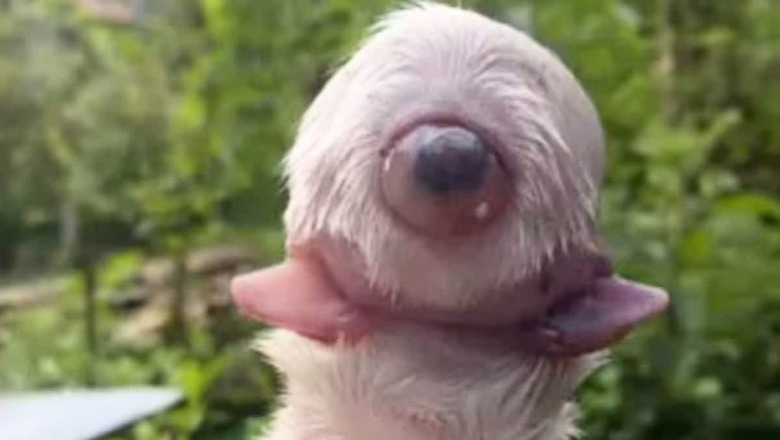
views
The Earth shelters animals with distinct characteristics which also include the ones with the abnormal abilities that often puzzle our brain. While some carry blue blood like horseshoe crabs, others possess the capability to not sleep for their whole life like the bullfrog. Among the fauna found on this planet, we often encounter animals that have several limbs while others possess sprint projections on their body to protect themselves from hunt. But have you ever heard about the creatures that possess one eye?
Cyclops genera of freshwater copepods have one large single eye which may be red or black. They are commonly called water fleas. The name Cyclops is derived from Greek mythology.
Cyclops live in freshwater throughout Britain and are very common in slow rivers and canals, especially among weed beds. Cyclops are usually 0.5-3 millimetres long. They have 5 pairs of limbs on their head and 7 pairs of limbs on the middle of their body. They also have 2 pairs of antennae. The males use the long first antennae for gripping females during mating. Their average lifespan is only 3 months.
According to experts, this anomaly took place due to mutation. The one eye of Cyclops is quite large and enables it to see far. The same condition has also been seen in the goat species. It was first discovered in a goat born in Assam, India. The baby goat survived a surprising eight days after its birth. The incident grabbed the headlines in 2017. According to a report by Nat Geo, genetic defects are usually to blame for the cyclopia condition as it has been often spotted in mammals including humans. It can be caused by toxins ingested by the mother during pregnancy.
At the same time, Tuatera is an animal which has three eyes. This animal of the Ricocephalia class is found in New Zealand. The third cone-shaped eye is called the parietal eye, located in a hole above the brain in the middle of the head. This eye has a retina, lens, cornea and nerve endings. However, it is not used for vision. It is only visible in hatchlings, as it becomes covered in scales and pigments after four to six months.




















Comments
0 comment